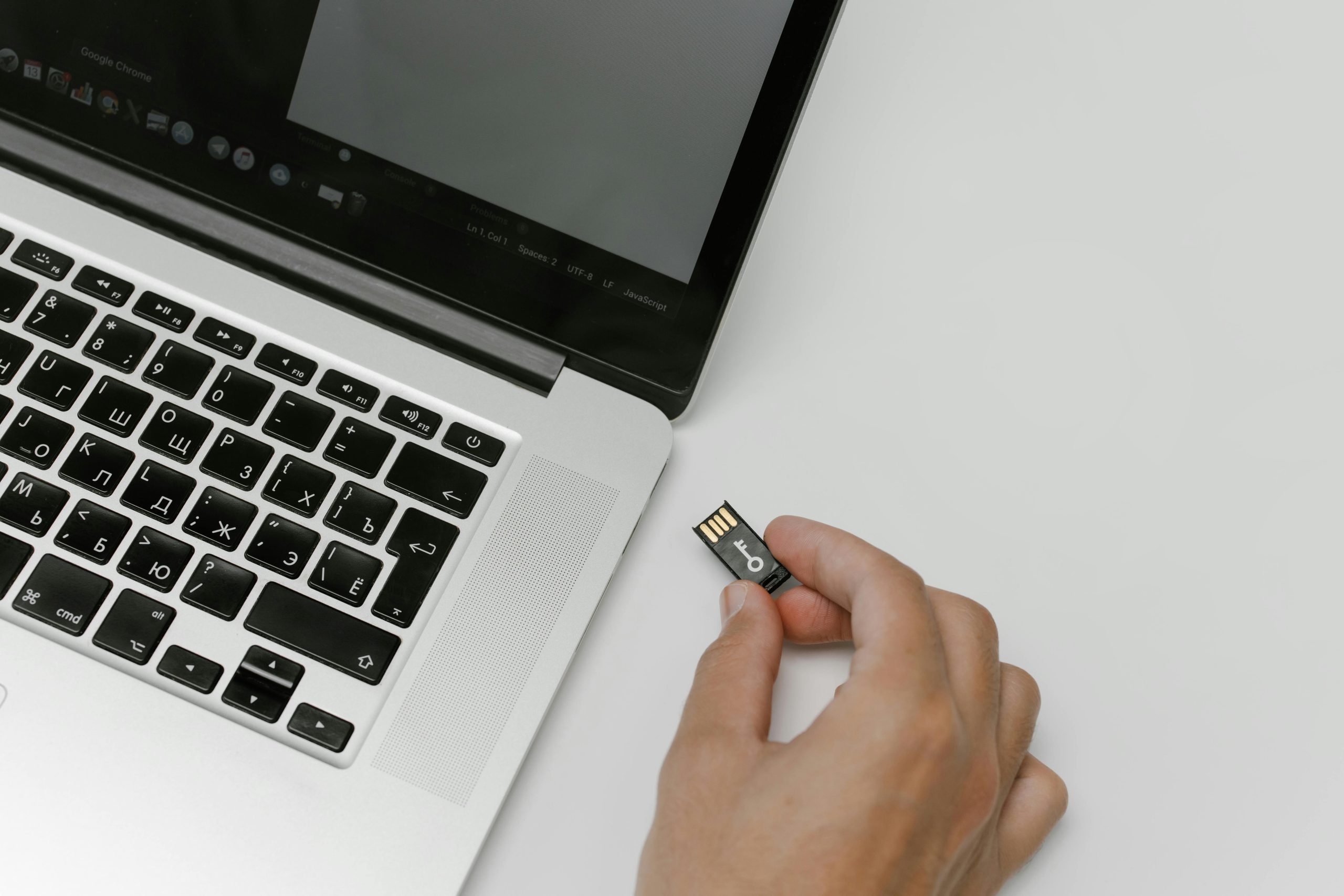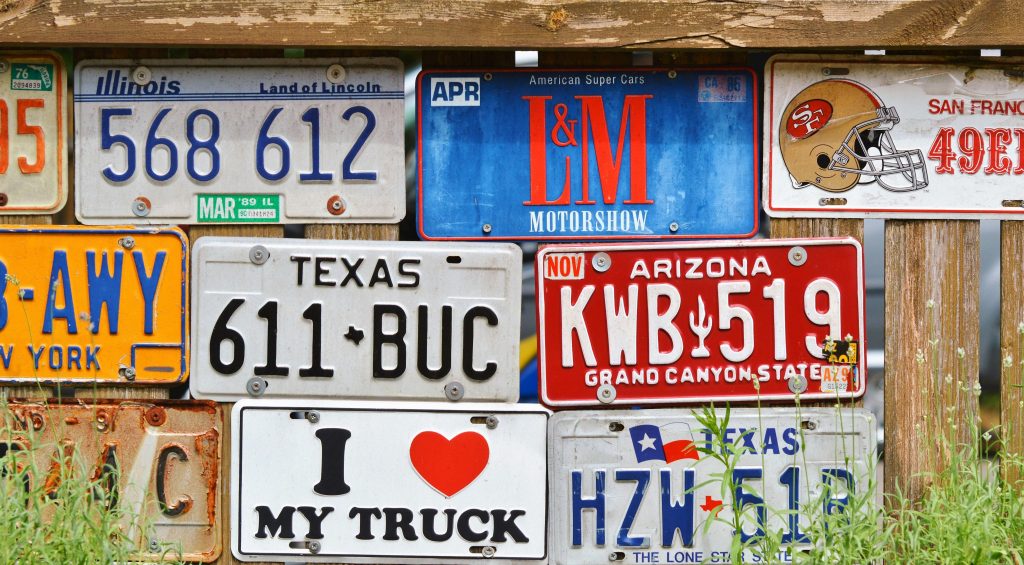How to Recover Lost Footage from an SD Card on macOS: A Comprehensive Guide
Accidental data loss can be a distressing and frustrating experience, especially for individuals who heavily rely on digital media for work or personal projects. If you’re a filmmaker, photographer, or content creator, losing valuable footage can feel catastrophic. In this blog post, we will explore the intricacies of recovering lost footage from an SD card on macOS, using a personal case study as a backdrop to provide insights into various Data Recovery solutions.
Understanding the Problem
The scenario described in our Reddit post presents a common issue for Mac users. While transferring footage from an SD card to a Mac, the user accidentally pressed Command + Z, which undoes the last action they performed—resulting in unintentional data loss. This incident underscores a significant reality: the ease with which data can be lost during seemingly simple file management tasks.
When files are deleted or mistakenly removed from an SD card, they don’t vanish immediately; rather, the data remains on the card, often retrievable until it’s overwritten by new files. Understanding this fact is crucial as it provides hope that recovery is possible if addressed promptly.
Initial Steps After File Loss
Don’t Panic
The first instinct when losing files is often panic, but it’s essential to remain calm. The longer you continue to use the SD card, the greater the risk that your lost files will be overwritten. Here are immediate steps to follow:
-
Stop Using the SD Card: As mentioned, the most critical step is to cease all write operations on the card to prevent overwriting any recoverable data.
-
Assess Your Recovery Options: Before spending money on recovery Software, evaluate the free options available to you. While it might seem enticing to jump straight to the paid versions, many free utilities can still help clarify whether recovery is plausible.
-
Back Up Everything Else: If you have files on your Mac that you haven’t backed up, now is the time to do so. Better safe than sorry!
Data Recovery Software for macOS
Disk Drill: Pros and Cons
In the Reddit case, the user downloaded Disk Drill, a well-known data recovery Software. It offers strong capabilities for recovering lost files on macOS. Here’s a deeper dive into its features, pros, and cons:
Features
- User-Friendly Interface: Designed to be intuitive, making it accessible for those without a technical background.
- Preview Functionality: Allows you to view recoverable files before committing to data restoration, which is especially useful when you’re evaluating what can be salvaged.
- Multiple File System Support: Supports various file systems, including APFS, HFS+, FAT32, and NTFS.
Pros
- Effectiveness: Many users have reported high success rates in recovering lost footage, particularly when used responsibly after data loss has occurred.
- Preview Files: You can see what you might be able to recover without needing to commit upfront.
- Regular Updates: The developers frequently improve the software, addressing any bugs or issues.
Cons
- Cost: The free version has a recovery limit, which can be frustrating if your files exceed that threshold.
- Mixed Reviews: While many users have positive experiences, some professionals caution against relying solely on consumer-focused recovery software when valuable data is on the line.
Alternatives to Disk Drill
If Disk Drill doesn’t seem right for you either because of its cost or your personal preference, consider these alternatives:
PhotoRec
- Free and Open Source: PhotoRec is a powerful Data Recovery software that supports a range of file types and is entirely free.
- Potentially Technical: While it offers a wealth of features, its interface may feel less user-friendly than Disk Drill.
EaseUS Data Recovery Wizard
- Familiar Interface: EaseUS offers an interface that feels similar to Disk Drill. The free version allows recovery of up to 2 GB of lost data.
- Mixed User Feedback: Some users appreciate its capabilities, while others find it doesn’t perform as well with SD cards compared to traditional hard drives.
Stellar Data Recovery
- Comprehensive Solutions: Stellar offers different versions tailored to your needs, including one for media files specifically.
- Trial Version Available: The trial can help you see if it can find your lost files before you commit to buying the full version.
Professional Data Recovery Services
While software can be a life-saver, there are scenarios where files are too corrupted or complex for software to handle. In such cases, you may want to consider professional recovery services. Here are key points to evaluate:
Cost vs. Value
- Cost: Local data recovery specialists can charge anywhere from $100 to nearly $1000, depending on the severity of the data loss and the complexity of the recovery.
- Risk Assessment: If the footage is invaluable (like a wedding or a documentary), investing in a professional recovery service may be worth it—especially if DIY attempts fail.
Choosing the Right Specialist
Before opting for a service, do your research. Look for:
- Reviews and Case Studies: Seek testimonials or past performance data that illustrate their success rates, particularly with media files.
- Certifications: Look for professionals certified in data recovery—this can indicate a higher level of expertise.
- Clear Pricing Structure: Beware of companies that do not offer clear pricing upfront, as they may charge hidden fees.
Preventing Future Data Loss
Once you’ve resolved your current situation—or possibly even recovered your data—it’s crucial to take steps to prevent future issues.
Establish a Robust Backup Strategy
-
Regular Backups: Establish a routine that involves regularly backing up your footage, either to an external hard drive or a cloud service.
-
Multiple Locations: Utilize the 3-2-1 backup rule: Keep three copies of your data on two different media, with one copy stored offsite.
Be Mindful During File Transfers
Many users suffer data loss during file transfers due to carelessness. Here are some tips to mitigate risks in the future:
- Double Check Actions: Before pressing keys like Command + Z or any shortcuts, ensure you’re not going to undo an important action.
- Use a Reliable Card Reader: Sometimes transfer issues arise due to faulty hardware. Ensure you’re using reliable card readers and cables.
File Management Practices
Implement better file management practices:
- Organize Your Files: Maintain a clear folder structure for easy file identification and access.
- Use File Labels: Implement clear naming conventions and tagging for your media files.
Conclusion
Navigating data recovery after losing footage from an SD card can be daunting. The Reddit user’s experience illustrates the importance of acting swiftly and wisely, weighing the pros and cons of various data recovery tools. Whether you choose software solutions like Disk Drill, explore free alternatives like PhotoRec, or opt for professional services, understanding your recovery options is critical.
Remember that prevention is the best cure, and establishing a robust backup strategy will help you avoid the anguish of data loss in the future. With the right approach and tools, you can safeguard your valuable memories and ensure they’re secured for years to come.
Share this content:



